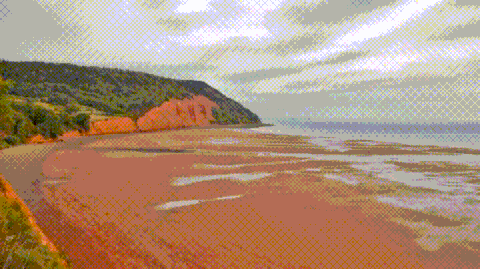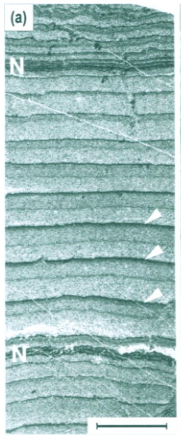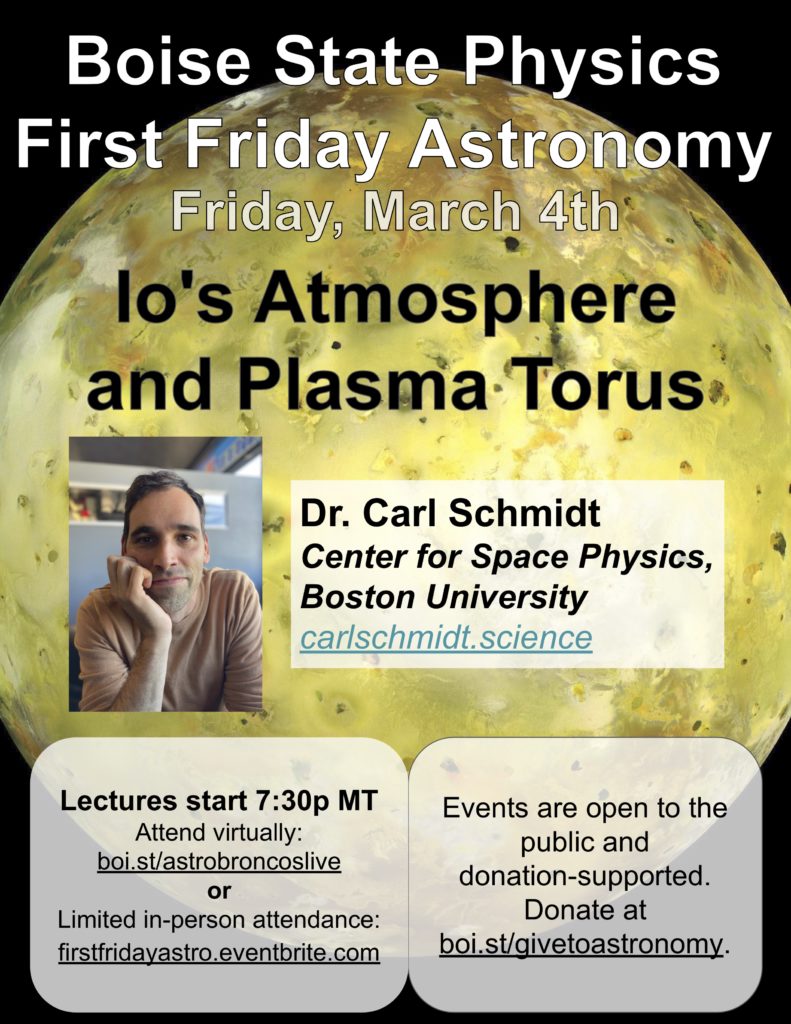
The tidal bore in the Bay of Fundy carries billions of tons of water up the estuary at 15 km per hour, illustrating the immense power of tides. But tidal interactions in planetary systems can do more than produce killer rafting: the Earth’s tidal grip has shaped the Moon’s rotation and orbit over billions of years. But tides also power volcanoes on Jupiter’s moon Io so potent they can be seen across the Solar System and may even be the key to life in the icy moon Europa.
The Looney Moon

Edmund Halley had a serious problem. The 17th century astronomer, a close confidant of Isaac Newton, had successfully employed his friend’s recent scientific law of gravity to show that the comets of 1531, 1607, and 1682 were actually the same comet (which we now call “Halley’s Comet”).
But when he used the same techniques to date solar eclipse records going back to the Babylonians, the predictions didn’t match up. Either that the Moon’s orbit had changed over thousands of years or that Earth’s rotation rate was slowing down. In fact, both were happening at once, but the reasons why weren’t understood for another 300 years.
The Low-Down on Low Tide


The basic operation of tides is pretty simple. For a satellite orbiting a planet, the side nearest the planet feels a stronger gravitational pull than the far side. The planets feel the same asymmetric gravity from the satellites, too. For the Earth-Moon system, this lopsided pull raises tides in the Earth’s oceans, one bulge on the side of the Earth near the Moon and one on the far side, the high tides, and in-between, low tides. Newton himself had worked out this explanation in his seminal tome Principia.
But this effect alone isn’t enough to resolve Halley’s mystery because such tides wouldn’t produce the necessary torques. Instead, because the Earth is rotating faster than the Moon is orbiting and the tides take time to build up, the tidal bulge is carried by the Earth’s rotation a little ahead of the Moon. The gravitational pull between the tidal bulges and the satellite creates a torque that transfers energy between the Earth’s rotation and the Moon’s orbit.
With these effects built in, Halley’s dilemma could be flipped on its head, and the eclipse timing mismatches could be used to estimate how much tidal lag there has been since the Babylonians. Going further back, ancient geological deposits called tidal rhythmites allow scientists to trace the evolution of the Moon’s orbit and Earth’s rotation back hundreds of millions of years. For instance, the day was about an hour shorter around the time of the dinosaurs. Tidal lag still shapes the Moon’s orbit but is now measured using lasers and reflectors placed on the Moon by the Apollo astronauts.
Mysterious Fathoms Below
But tides have an even more dramatic effect among Jupiter’s satellites. Made mostly of rock and a little larger than Earth’s moon, Io is about as far from Jupiter as our Moon is from Earth, but Jupiter is 300 times more massive than Earth. Consequently, Io feels tidal forces 300 times more powerful. This tidal heating continuously dumps a thousand times the total power output of the US into Io’s interior. Not surprisingly, this geophysical engine powers the largest volcanic eruptions in the Solar system. Io’s Tvashtar volcano throws eruptive materials 300 kilometers into space.

Europa, the second moon out from Jupiter, likewise experiences tidal heating from Jupiter. But this heating takes a gentler form. Unlike Io, Europa is made largely of ice, and Europa’s icy surface is crisscrossed with a complex network of ridges and faults created by the constantly shifting geophysical stresses from tides. But it’s within Europa’s interior that tides do their most exciting work.
So far from the Sun, Europa’s water-rich interior should be cold enough to freeze completely solid. However, tidal heating warms the ice above freezing, and, as a result, Europa hosts a vast global ocean larger than all of Earth’s oceans combined hidden beneath its icy crust. And from studies of terrestrial life, we know that where you find water, you find life.

So NASA is in the early planning stages to send an autonomous submarine spacecraft to explore Europa’s fathomless depths planned for launch in the late 2020s.
Learn more about Io and its volcanic effusions at Boise State’s First Friday Astronomy on Fri, Mar 4 at 7:30p when we host Dr. Carl Schmidt of Boston University – https://www.boisestate.edu/physics/seminars-and-events/.
